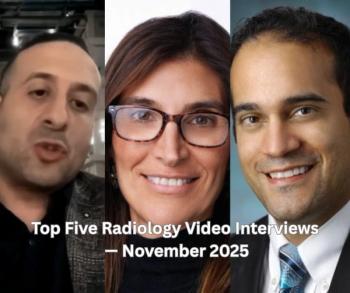
|Poll|April 17, 2015
Image IQ: 74-year-old, History of Aortic Valve Repair
Author(s)Duke Duncan, MD
74-year-old with history of aortic valve repair at an outside hospital.
Advertisement
74-year-old with history of aortic valve repair at an outside hospital.
Click on the images to enlarge.
First figure represents volume-rendered image of the heart with the right coronary artery demonstrated.
What's your diagnosis?
Newsletter
Stay at the forefront of radiology with the Diagnostic Imaging newsletter, delivering the latest news, clinical insights, and imaging advancements for today’s radiologists.
Advertisement
Advertisement
Advertisement
Trending on Diagnostic Imaging
1
Assessing the Potential Impact in Radiology for GE HealthCare’s Acquisition of Intelerad
2
RSNA: CCTA Study Reveals Link Between Common Air Pollutants and Coronary Artery Stenosis
3
Diagnostic Imaging's Weekly Scan: November 30 — December 6
4
The Potential of Mammography Image-Based AI Models for Assessing Risk: An Interview with Constance Lehman, MD
5



























